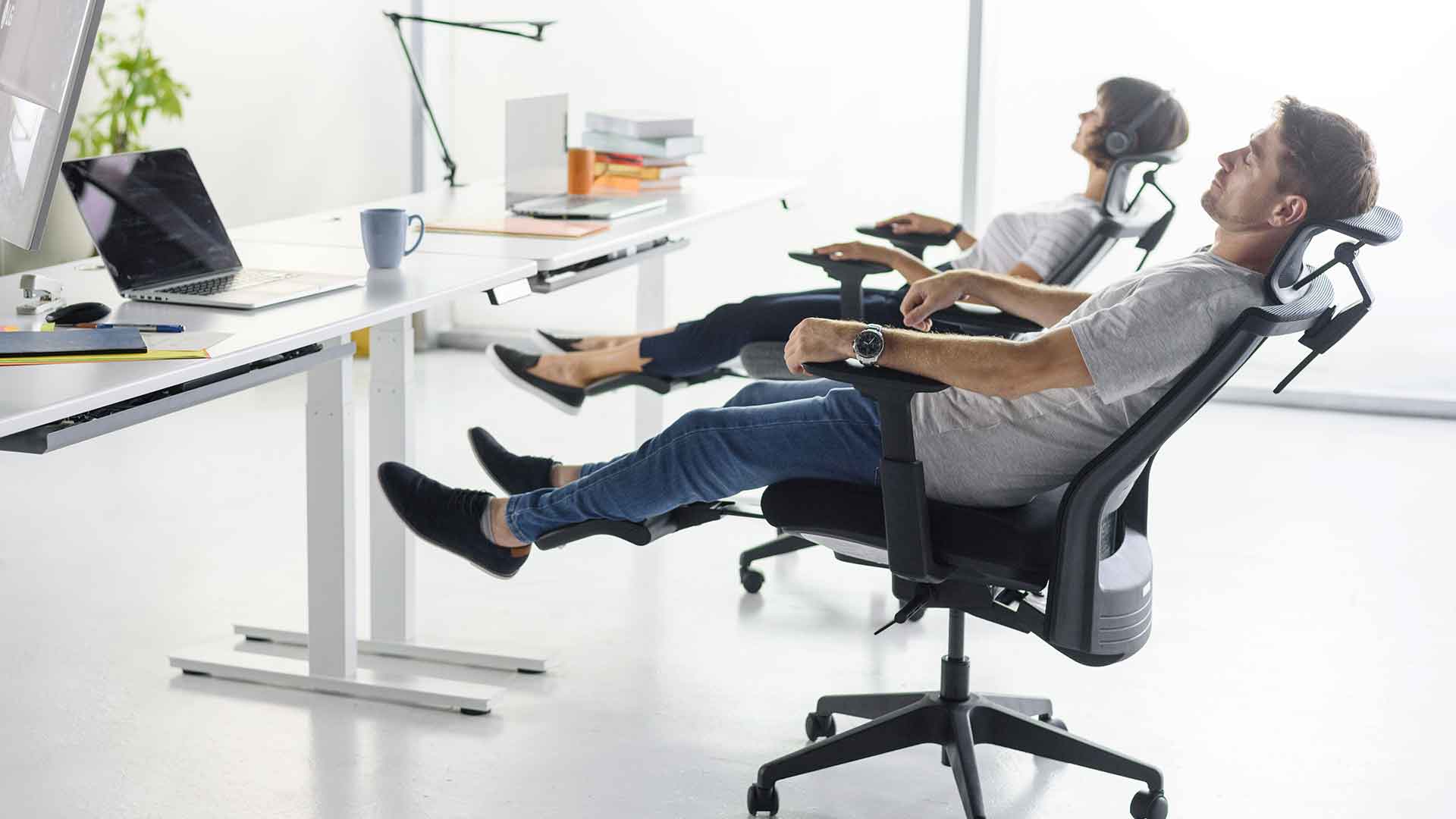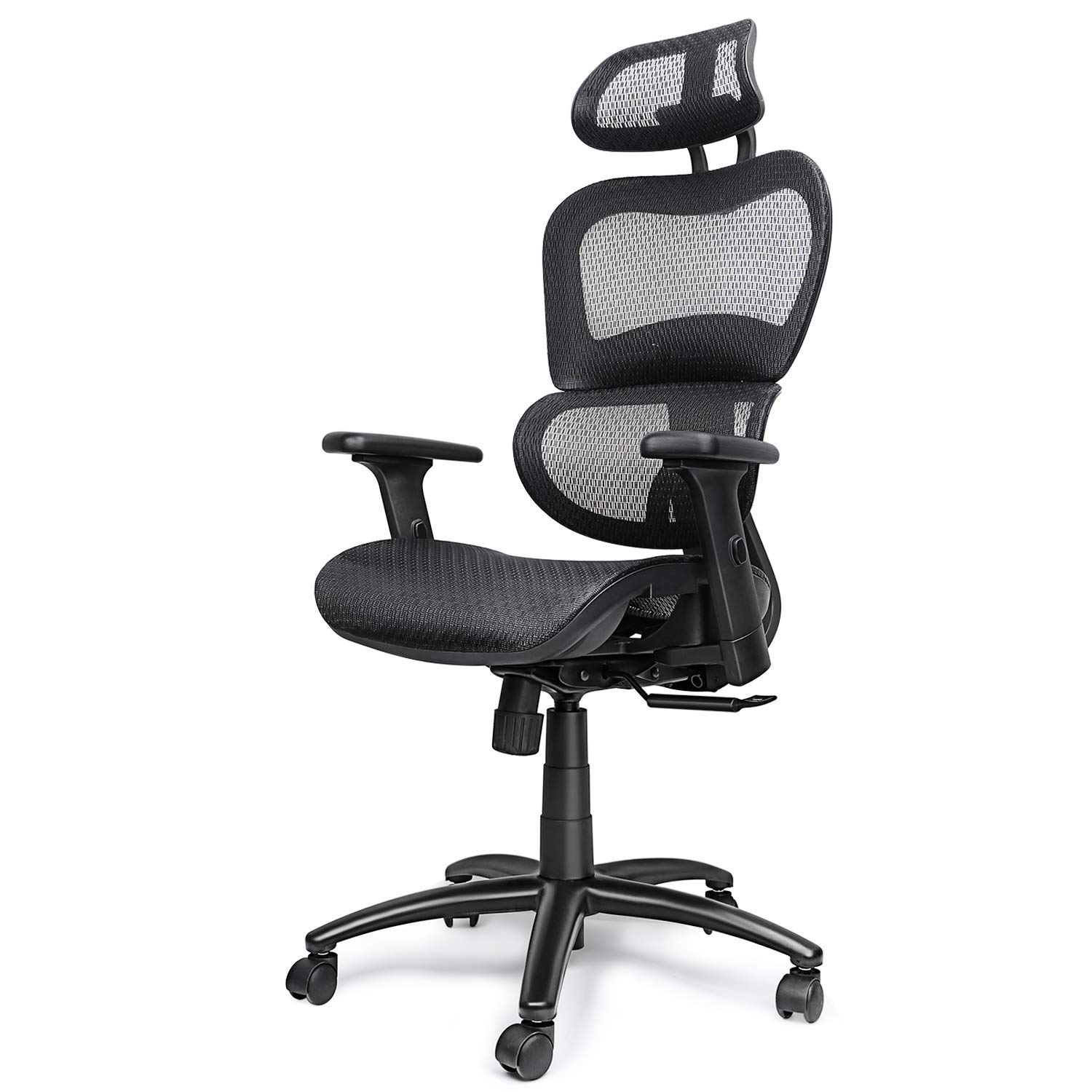Chair Types and Their Suitability

Selecting the right office chair is paramount for those experiencing lower back issues. The chair’s design significantly impacts posture, spinal alignment, and overall comfort, directly influencing the health of your lower back. Understanding the different types available and their specific benefits and drawbacks is crucial in making an informed decision.
Office Chair Types and Their Impact on Lower Back Health, Best office chair for lower back issues
The following table provides a comparison of common office chair types and their effects on lower back health. Consider your individual needs and preferences when making your selection.
| Chair Type | Advantages for Lower Back | Disadvantages for Lower Back |
|---|---|---|
| Ergonomic Chair |
|
|
| Kneeling Chair |
|
|
| Executive Chair |
|
|
Chair Selection for Specific User Needs
The ideal chair type varies greatly depending on individual circumstances. Individuals with specific medical conditions require careful consideration. For example, those with scoliosis might benefit from a highly adjustable ergonomic chair allowing for customized spinal support. Those recovering from back surgery may find a kneeling chair beneficial for promoting proper posture and reducing pressure on the spine, but only after consultation with their physician. People with limited mobility might need a chair with easy-to-use adjustment mechanisms.
Office Chair Selection Flowchart
The process of selecting an office chair involves a series of considerations. A flowchart helps visualize this decision-making process. Imagine a flowchart starting with a central question: “Do you have lower back issues?” A “yes” branch leads to further questions about the severity and specific nature of the pain, while a “no” branch might simply suggest choosing a comfortable chair based on personal preference. The “yes” branch would then lead to questions about specific conditions (e.g., scoliosis, herniated disc), physical limitations, and budget constraints. Each answer would direct the user down a path leading to a recommended chair type. Finally, the flowchart culminates in a recommendation: “Choose an [Ergonomic/Kneeling/Executive, etc.] chair.” This systematic approach ensures a personalized chair selection based on individual needs.
Beyond the Chair: Best Office Chair For Lower Back Issues

The perfect office chair is a crucial foundation for a healthy back, but it’s only one piece of the ergonomic puzzle. A comprehensive approach to workstation setup significantly impacts posture, comfort, and ultimately, the prevention and management of lower back pain. Ignoring the broader workspace environment negates the benefits of even the most supportive chair. A holistic approach is key to long-term back health.
Best office chair for lower back issues – A well-designed workspace minimizes strain on the body, promoting proper posture and reducing the risk of musculoskeletal issues. This goes beyond simply having a good chair; it involves the careful arrangement of all elements within your work area to create a harmonious and supportive environment. Consider your workspace as a system where each component interacts with the others to either promote or hinder your well-being. A poorly designed workspace can exacerbate back pain, even with an excellent chair.
Ergonomic Workspace Best Practices
| Best Practice | Rationale |
|---|---|
| Maintain a neutral spine posture. Avoid slouching or hunching. | This minimizes stress on the spinal discs and surrounding muscles, preventing strain and pain. |
| Adjust desk height to allow for elbow rests at a 90-degree angle. | This reduces strain on the shoulders, neck, and back by preventing awkward reaching and hunching. |
| Position the monitor directly in front of you, at arm’s length, with the top of the screen at or slightly below eye level. | This prevents neck strain from looking up or down at the screen for extended periods. |
| Keep frequently used items within easy reach to minimize unnecessary stretching and twisting. | This reduces strain on the back and neck, preventing fatigue and potential injury. |
Practical Tips for Ergonomic Workstation Setup
Implementing these practical strategies can significantly enhance the supportive nature of your workspace and reduce back strain. Consider these points as building blocks for a healthier and more productive work environment.
- Desk Height: Adjust your desk to a height that allows your elbows to rest comfortably at a 90-degree angle when typing. A sit-stand desk offers the additional benefit of allowing you to change positions throughout the day.
- Monitor Placement: Position your monitor directly in front of you, approximately an arm’s length away. The top of the screen should be at or slightly below eye level to avoid neck strain.
- Keyboard Positioning: Place your keyboard directly in front of you, ensuring your wrists are straight and your elbows are bent at a 90-degree angle. Use a wrist rest if necessary to support your wrists.
- Chair Adjustment: Adjust your chair’s height, lumbar support, and armrests to complement your desk setup. Ensure proper back support and a comfortable sitting posture.
- Footrest (if needed): If your feet don’t comfortably rest flat on the floor, use a footrest to maintain proper leg posture and reduce strain on your back and legs.
Proper desk setup acts synergistically with a supportive chair. A well-adjusted chair provides crucial spinal support, but a poorly arranged workspace can negate those benefits. For example, if your monitor is too low, you’ll hunch forward, negating the lumbar support of your chair. Conversely, a well-positioned monitor allows you to maintain good posture, maximizing the chair’s support and reducing strain. The combination creates a powerful effect on back health.
